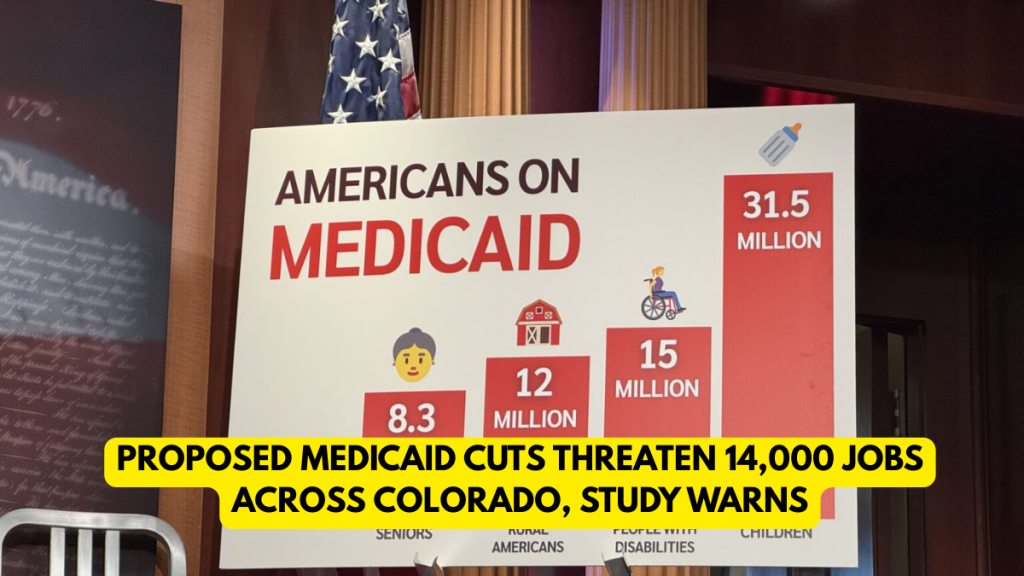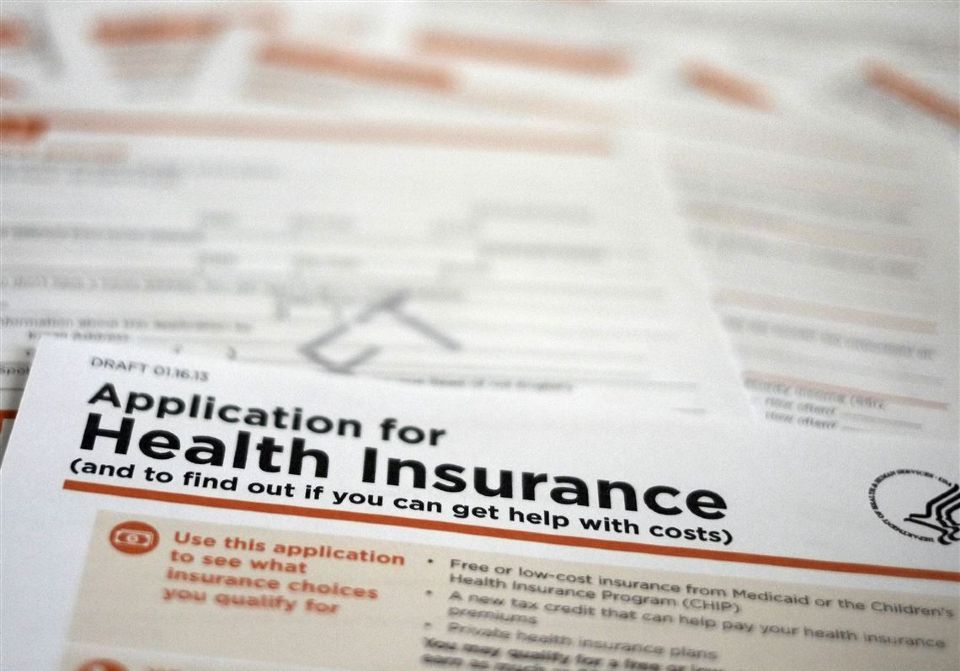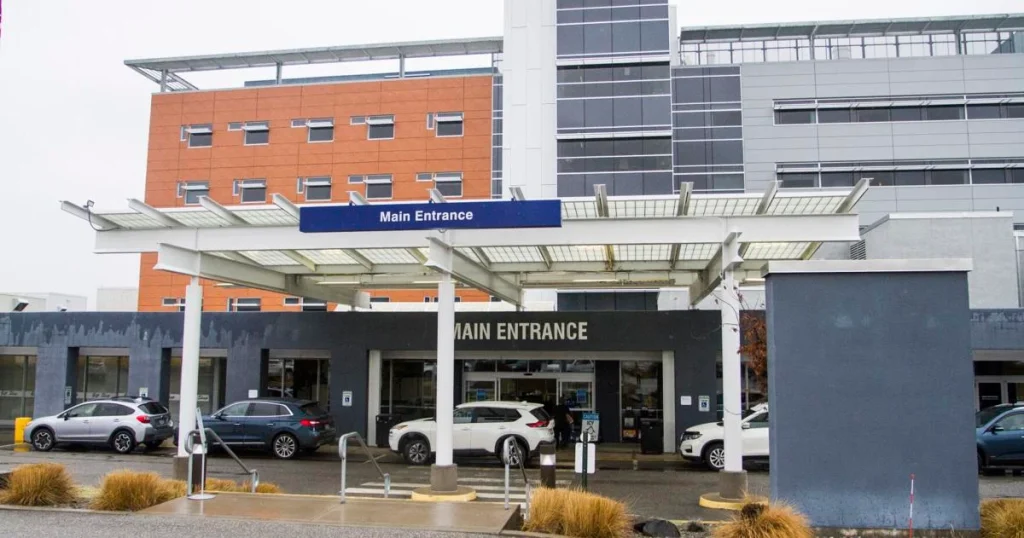
A recent study warns that Colorado could lose approximately 14,000 jobs in 2026 if proposed federal budget cuts to Medicaid and the Supplemental Nutrition Assistance Program (SNAP) are implemented. The findings come as part of a broader national analysis conducted by the Commonwealth Fund in partnership with the George Washington University Milken Institute School of Public Health.
The study suggests that the proposed budget changes, which aim to reduce federal spending on Medicaid and SNAP by more than $1 trillion over the next decade, could severely impact not only health and nutrition support but also the state’s economy at large.
A $1.6 Billion Blow to Colorado’s Economy
According to the report, the potential cuts could shrink Colorado’s GDP by nearly $1.6 billion in 2026 alone. Furthermore, the state could see a reduction in state and local tax revenues by approximately $106 million.
“These programs not only provide essential services for vulnerable populations, but they also bring in federal dollars that support local businesses and jobs,” said Dr. Leighton Ku, one of the study’s lead authors and a health policy expert at George Washington University.
The national outlook is even more sobering. The report estimates that over 1 million jobs could be lost across the United States due to similar cuts in federal safety-net spending.
Rural Hospitals at Greater Risk

In Colorado, the brunt of the economic impact is likely to be felt in rural areas. Michelle Mills, CEO of the Colorado Rural Health Center, noted that 21 rural hospitals in the state are already operating at a loss. These hospitals often depend heavily on Medicaid reimbursements to stay afloat.
“Cuts of this magnitude would put some facilities at risk of closure,” Mills said. “Healthcare providers are often the largest employers in rural communities. If a hospital closes, the whole town feels it — from jobs to access to care.”
For many of these hospitals, Medicaid is not just a service program — it is a lifeline that keeps their doors open.
Learn more about rural health issues in Colorado at:
Colorado Rural Health Center
Concerns From State Leaders
Colorado State Treasurer Dave Young voiced strong concerns over the state’s capacity to absorb the financial fallout if federal support dries up.
“We simply do not have the budgetary bandwidth to backfill billions of dollars in lost federal funding,” said Young. “This would likely mean hospitals taking on more uncompensated care and making difficult decisions that could impact patient services.”
According to Young, even if the state attempted to intervene, it would face competing priorities in education, infrastructure, and public safety.
For information on Colorado’s budgeting process, visit:
Colorado Department of the Treasury
Proposed Federal Budget Cuts Behind the Risk
The cuts are outlined in a federal budget blueprint recently passed by the U.S. House of Representatives. While the document does not detail specific dollar amounts for Medicaid or SNAP reductions, it indicates a target of more than $1 trillion in savings over 10 years.
Critics argue that reaching that target would require drastic reductions in eligibility, benefit levels, or reimbursement rates—all of which would directly affect low-income families and the providers who serve them.
Medicaid currently provides health coverage to more than 1.6 million Coloradans, including children, seniors, pregnant women, and individuals with disabilities.
For official information on the Medicaid program, visit:
Colorado Department of Health Care Policy & Financing
SNAP, commonly known as food stamps, supports over 250,000 households in the state. It helps families afford groceries and contributes to economic activity at local retailers.
For SNAP information in Colorado:
Colorado Department of Human Services – Food Assistance
National Implications

The study underscores the broader economic role of safety-net programs. Medicaid and SNAP are not only seen as health and food assistance programs but also as economic stabilizers during downturns and sources of federal investment in local economies.
“These programs create ripple effects,” said Ku. “When they’re cut, the impacts go beyond the patients and recipients. Hospitals, grocery stores, transportation services, and even state tax revenues all take a hit.”
As Congress debates the future of the federal budget, the stakes are high for states like Colorado.
Final Thoughts
While the proposed cuts are not yet law, the study serves as a warning to policymakers and the public about the potential economic fallout from reducing critical safety-net programs. The challenge ahead lies in balancing fiscal responsibility with the need to maintain support for vulnerable communities and the local economies that depend on them.



